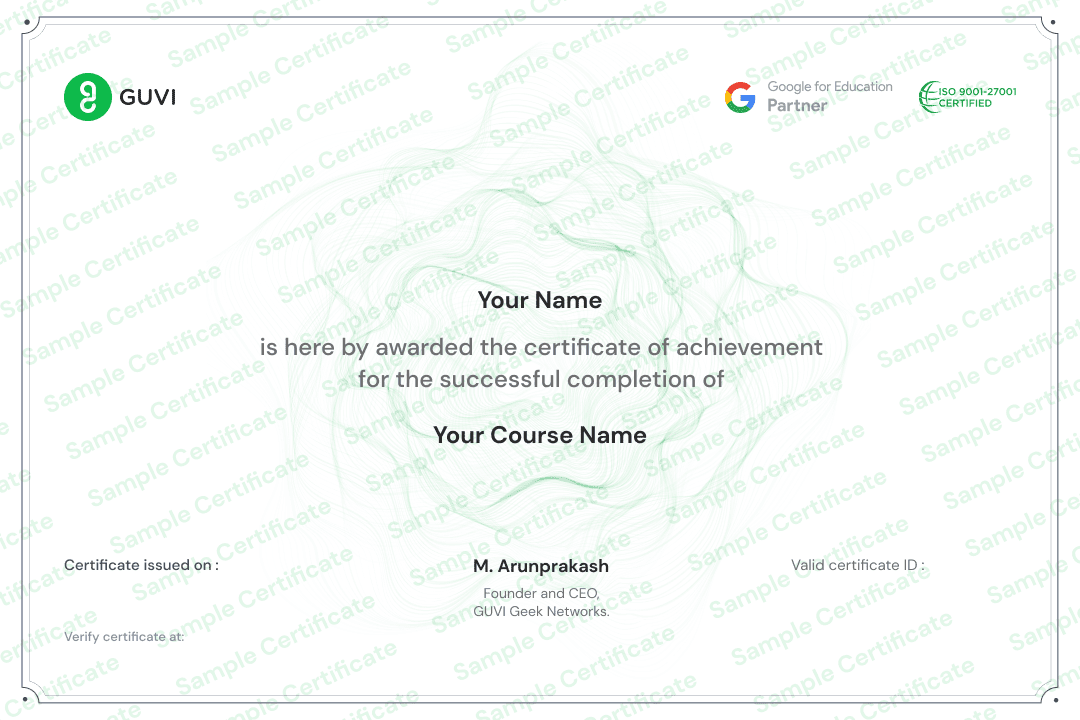Home » Courses » Math & Logic » Numerical Methods for Engineers


Home » Courses » Math & Logic » Numerical Methods for Engineers


No results found.
Yes, upon completing the course, you will receive a certification
The course is accessible on both web and mobile platforms.